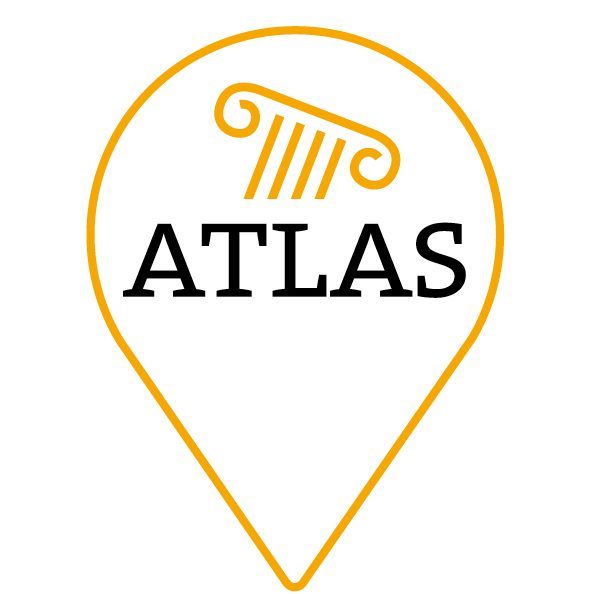The first full year for ATLAS has come to an end, and similar to last year we had a great time. Normally one would start a new year at an easy pace, especially after these conference autumns, which always remind us that we ought to take it easy. But not in ATLAS. We started the year 2022 with a project meeting in Hamburg, which gave us the opportunity to exchange ideas with the experts invited by our various research groups.
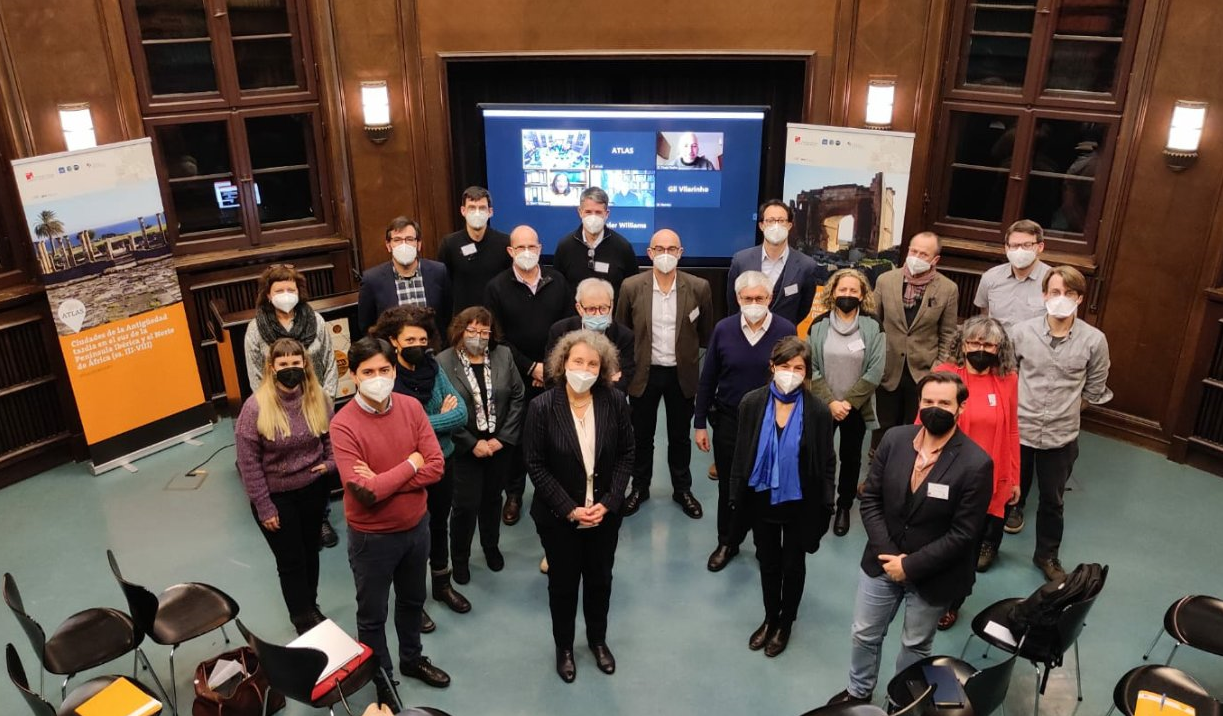
So February, rather than January, was the month when we had some time to take it easy and focus exclusively on our case study research. In fact, we finally finished the study of Mérida, one of the cities for which we have the most information, in order to face another great challenge: to collect, analyse and synthesise the enormous amount of data available on Carthage in Late Antiquity. And right from the start we could see that this city offers great possibilities, both for archaeological and epigraphic research!
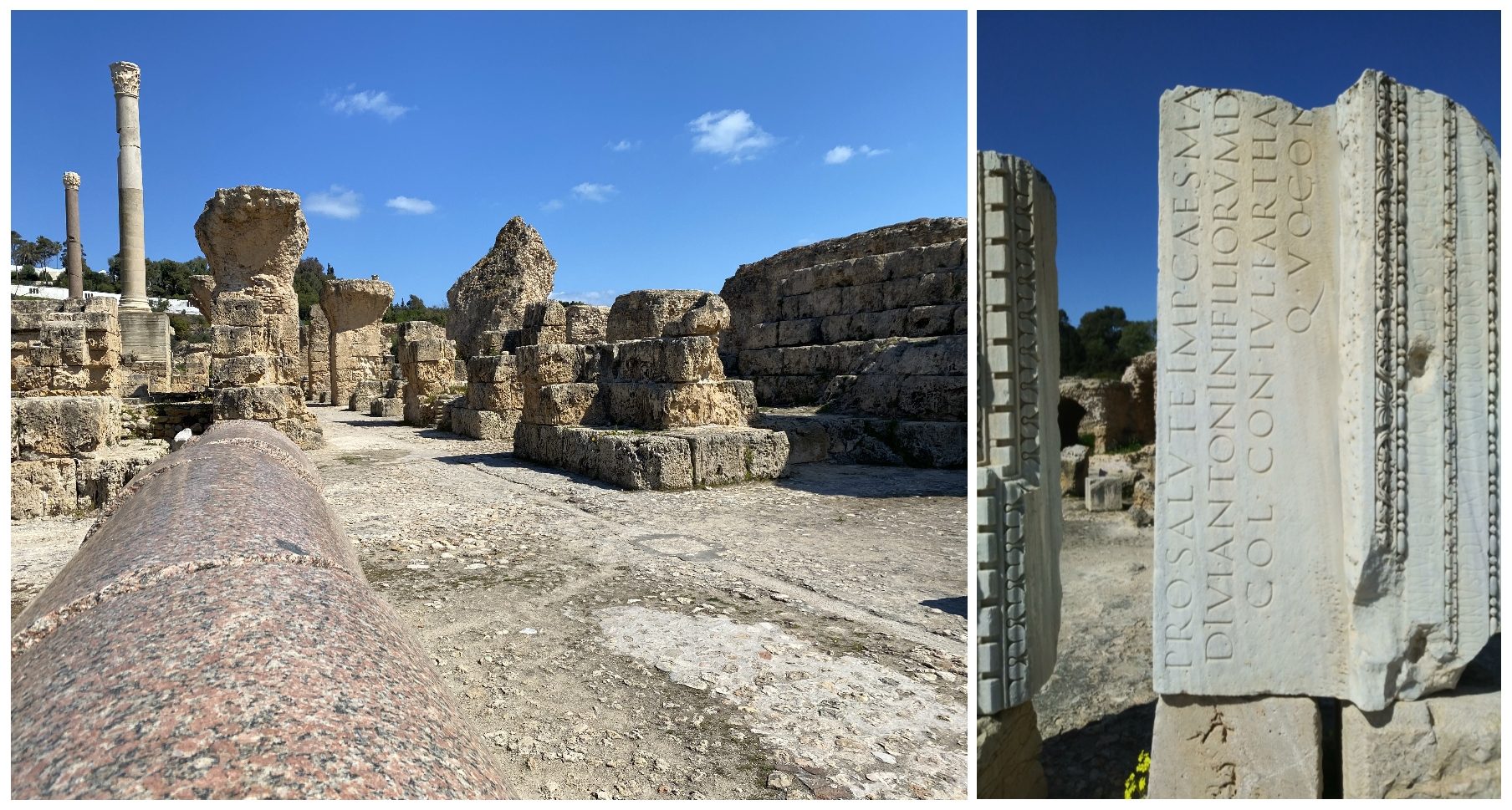
In March we were in for a wonderful surprise: who would have thought that we would be able to enjoy the fascinating Carthage in situ? As the directors had to go to Tunisia to finalise the details of the collaboration with the Institut National du Patrimoine (INP), it was decided that it was a good opportunity to organise a working trip. For the postdocs, it was our first trip to Tunis and we were the first to arrive, so we were able to visit ancient Carthage and get to know the city well. But most importantly, during these days we were able to meet our colleagues, discuss the research we are conducting at ATLAS and establish new collaborations. In fact, these discussions even led to a change in the selection of case studies, as we decided to work on Mactaris.
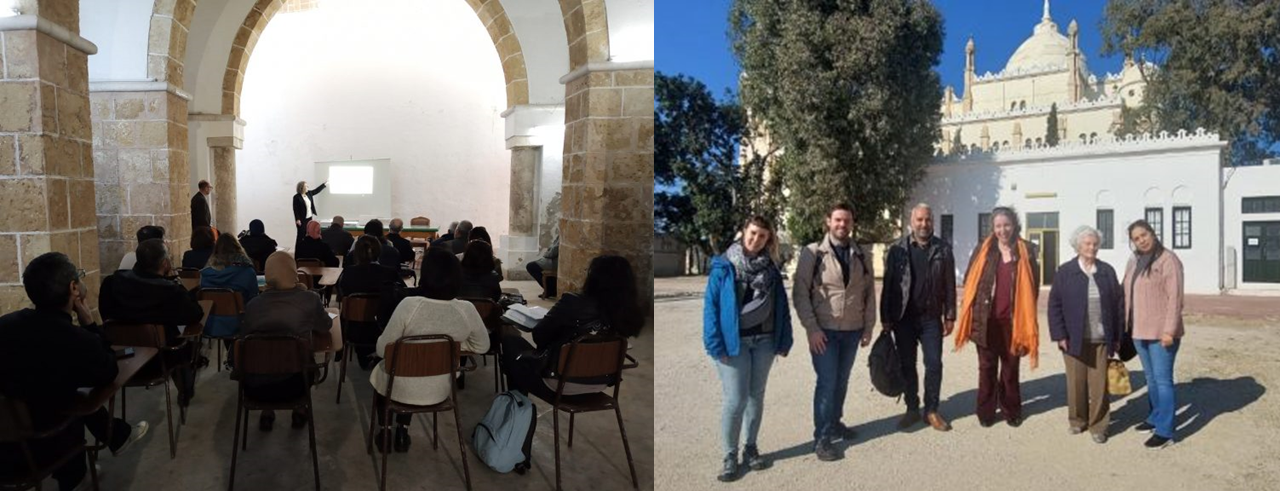
In May the postdocs took a slight detour from the project. Ada stayed a bit closer to ATLAS and participated in the excavation at Baelo Claudia organised in the framework of the Circ-E project, while Pieter went to Oxford to attend the LatinNow project workshop (after two years he finally got to see his colleagues in person again!) These escapades actually show the other side of academic life: we are always involved in other projects and thinking about starting new ones.
But of course not every month is that exciting, the rest of the months are dedicated to developing our research more intensively. Thanks to this we were able to finish the study of Mérida at the beginning of the year, before the summer holidays we finished Carthage and at the end of the year we were able to finalise Maktar. In addition, we have another constant, which is the meetings of the research groups, although these certainly tend to be concentrated around the dates of the project meetings. In fact, shortly before the summer holidays, most of the groups met to organise the work to be done after the summer and to prepare for the next meeting in La Rochelle.

In September the leaves started to colour again, which meant that a lot has happened since the last autumn of congresses. We kept our word and refrained from planning many conferences up to this point, only to realise that we fell into the same trap: instead of spreading the congresses over the year, we concentrated them again in autumn. Also, at the beginning of the academic year we welcomed Titien Bartette, a new member of ATLAS, in charge of working on the 3D restitutions of the monuments and cities chosen to be presented in our travelling exhibition.
As our third ATLAS meeting was scheduled for November, October was mainly devoted to preparing the presentations. The research groups were particularly active this month, finalising the last details. The workshop took place in early November, and was an intense two days of presentations and fruitful exchange of ideas. In addition, at the end of the month, several members of the project met again in Hamburg to participate in the Shifting Cities conference, organised by the RomanIslam centre.
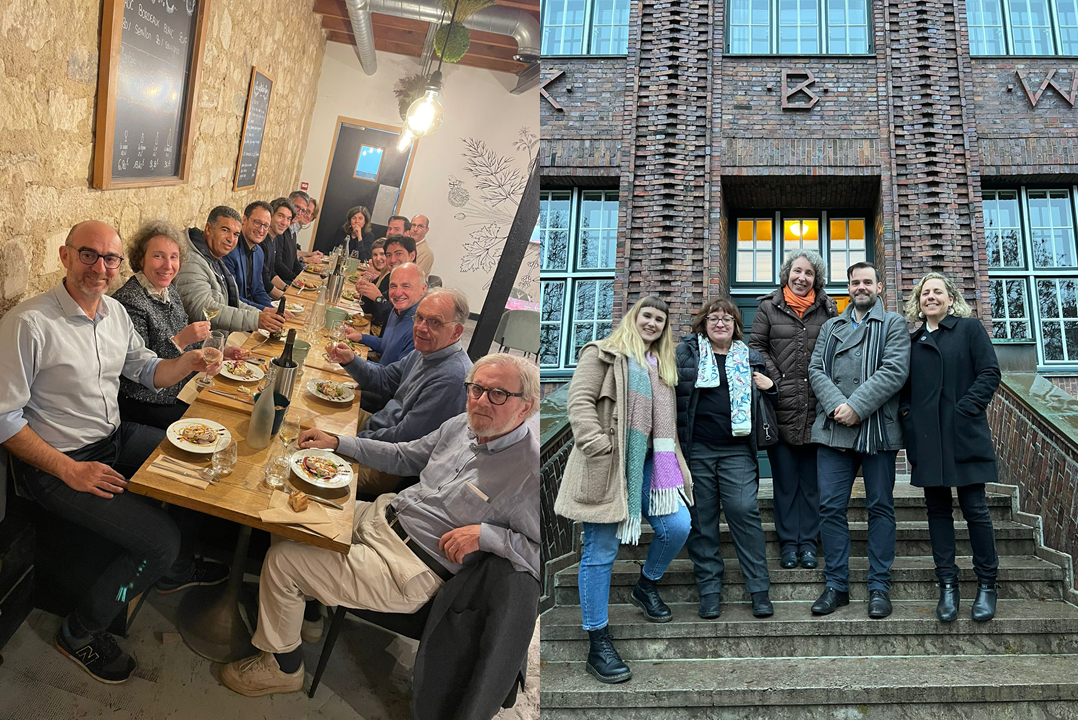
Whilst trying to catch our breath in December Sabine and Pieter had to go to the last conference of the year Africa Romana in Sbeitla. Here they presented a paper on Imperial cult in the Julio-Claudian period written together with our ATLAS member Stefan Ardeleanu. Visiting Africa Romana is an experience we can recommend. Besides the exchange of ideas and fruitful discussions after the papers the conference offers a wide array of activities. The first day started with a musical intermezzo by an oud player. The last day included a visit to Ammaedara under guidance of François Baratte, who led the excavations for years. We couldn’t have dreamed of a better way to see this case study.
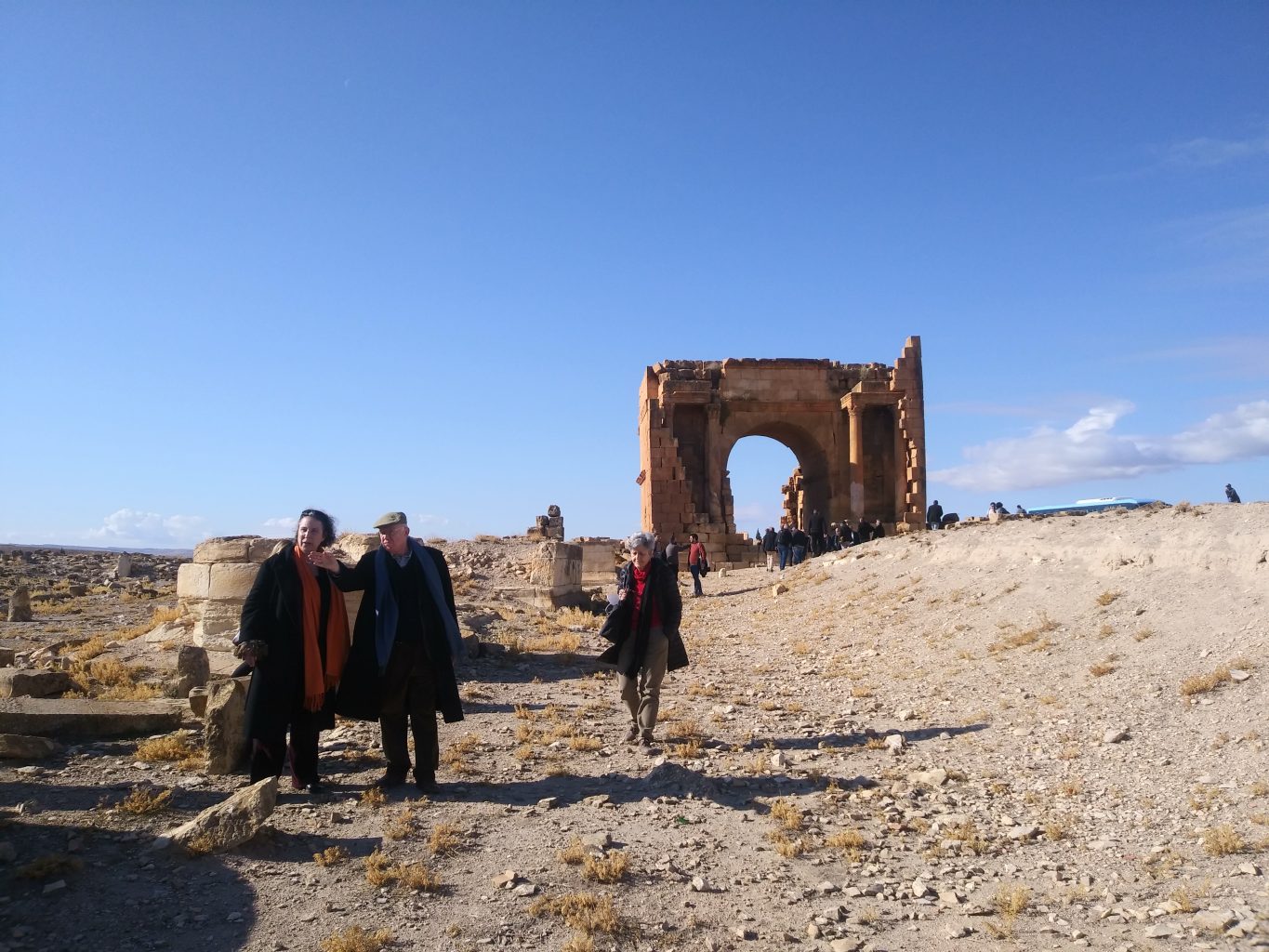
The truth is that in retrospect we can say that this has been a really productive year. We have learned a great deal about our study sites (some of them we have even got to know first-hand) and the research groups have allowed us to make progress in the methodology and proposals of our project. Even so, we also have some New Year’s resolutions: next year we are going to organise everything much better. No more tight schedules, no more autumns of conferences, and the research groups will not work until the last minute… Let’s see how we do. For now the first deadline is 13 January, when the research groups have to submit the abstracts of their respective chapters for final publication. Luckily, the next meeting is already marked in our calendars for spring, well away from autumn. From 1 to 5 May we will meet again for the fourth international workshop of the ATLAS project, this time in Tunisia! Our Tunisian colleagues are already planning site visits, and we are looking forward to 2023!
